A Beautiful Morning in Mulberry
April 2, 2024, dawned clear and calm in central Florida. Over at South Lakeland Airport in Mulberry, a quiet hum broke the stillness—an experimental Merlin Lite motorglider was preparing to take off. At the controls was a 76-year-old private pilot with a deep passion for aviation. He wasn’t just flying this aircraft; he’d built it with his own hands.
It was only his second flight in the Merlin Lite. His first had taken place two days prior, where he performed short hops—“crow hops”—down the runway to get a feel for the controls. On this second attempt, the plan was likely to take the aircraft through a full circuit or more. But things would go terribly wrong, and this would be his final flight.
The Builder-Pilot and His Machine
The pilot wasn’t new to aviation. He’d been flying since 1972, accumulating just under 120 hours of flight time, most of it in gliders. He held a private pilot certificate with a glider rating and had recently earned a self-launch endorsement in February 2024. His logbook revealed sporadic activity, and only one hour logged in the Merlin Lite—the aircraft he now piloted.
His flying history included recent training in a Pipistrel Alpha motorglider. One instructor noted he needed more practice before soloing. But another instructor who later endorsed him said he was exceptionally prepared and skilled. They even practiced engine-out scenarios during takeoff—an exercise eerily similar to what would unfold during the accident.
Tweaking the Powerplant
The Merlin Lite, bearing registration N622PC, was equipped with a Polini Thor 303DS engine—a lightweight, high-revving two-stroke powerplant. The pilot, however, had made some modifications. Finding the engine was running too rich, he replaced the factory airbox with a high-flow cone-type air filter and swapped out the main carburetor jet for a smaller one to lean the fuel mixture.
These changes, while seemingly minor, had significant consequences. According to the engine manufacturer, the airbox modification was not approved. Such alterations could, and did, dramatically affect the fuel-air mixture and engine stability.
The Takeoff and Sudden Silence
Witnesses described the engine as sounding “a bit rough” during taxi, but nothing alarmed them—it was, after all, a two-stroke. At 10:38 a.m., the Merlin Lite began its takeoff roll from the 2,412-foot grass runway. Everything appeared routine—until about 100 to 150 feet above ground level.
Suddenly, the engine sputtered and went silent.
Video footage revealed what happened next. The motorglider turned right, then left, then pitched up—a likely instinctive response from the pilot. But as the nose climbed, the left wing dropped. The aircraft entered a low-altitude stall-spin, rotating nearly vertically before slamming into the ground. There was no time or altitude to recover.
A Preventable Ending
Post-crash analysis revealed a devastating detail: a hole in the center of the engine’s only piston. Metallurgical testing showed pre-ignition damage, almost certainly caused by the lean mixture from the altered carb setup. The hole allowed combustion gases to escape, causing an immediate and total loss of power.
Had the pilot not modified the engine—or if he had managed airspeed more aggressively during the emergency—this story might have ended very differently. The runway still had 1,300 feet of usable space. According to the kit manufacturer, the motorglider’s landing roll could be as short as 200 feet. A safe, if bumpy, landing was likely possible.
Tragically, the pilot failed to maintain enough speed. By pitching up in an effort to extend the glide or turn back, he crossed the aircraft’s critical angle of attack. The result: an aerodynamic stall and spin from which there was no chance of recovery at that altitude.
Lessons from the Loss
This accident underscores several sobering realities in aviation, especially experimental flight testing:
- Modifications Matter: Changes to engine components—especially in ultralights or light-sport aircraft—can drastically alter performance and reliability. Always consult with manufacturers and certified mechanics before deviating from factory specs.
- Power Loss Preparedness: Every takeoff should include a mental plan for engine failure. As the FAA notes, stall can happen at any airspeed and attitude. The key to surviving a low-altitude power loss is to lower the nose aggressively to maintain flying speed, even at the expense of some control over landing location.
- Transition Training: Even for experienced pilots, switching aircraft types—especially when moving from gliders to motorgliders—demands thorough, structured training. Differences in power handling, aerodynamics, and emergency response are not trivial.
- Building Your Aircraft Is Only the Beginning: Completing a kitplane doesn’t automatically confer the skills to fly it safely. Flight testing a new build requires not only experience but caution, patience, and ideally, the guidance of someone who’s done it before.
The Human Side
The pilot wasn’t reckless. He was a builder, a dreamer—someone who loved flight so much he constructed his own aircraft. He was methodical enough to seek proper endorsements and had even practiced simulated engine-out landings. But a combination of overconfidence in engine tuning and a delayed response during a real emergency cost him his life.
Conclusion
Aviation always balances freedom and responsibility. For those flying experimental aircraft, that balance is even more delicate. This accident highlights how even small decisions can have cascading effects—and how vital it is to respect the limits of both machines and human reaction time.
The skies can be unforgiving, but every tragedy carries a message. May this one remind all pilots: fly the airplane, trust your training, and never compromise on safety in the name of performance.




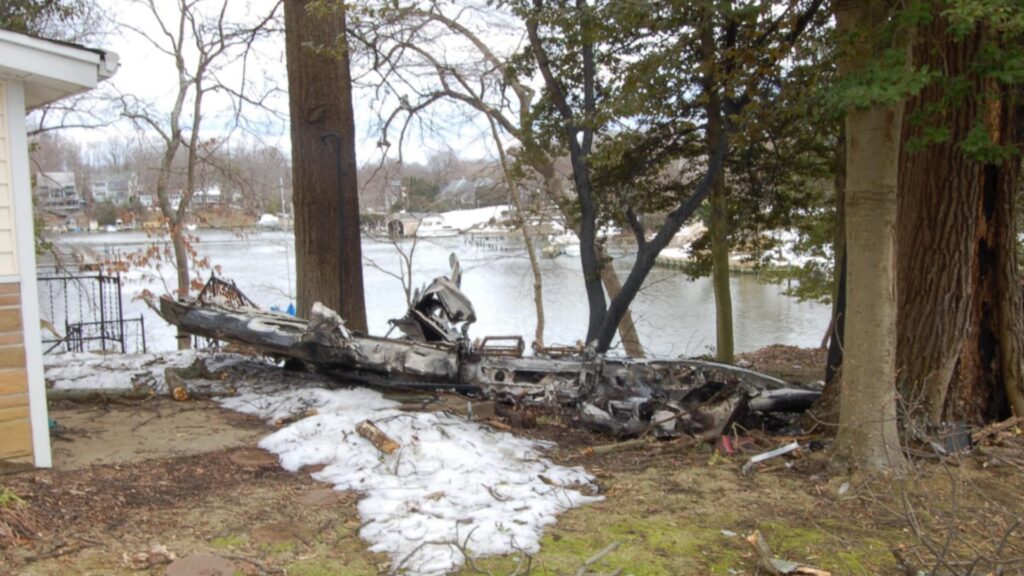
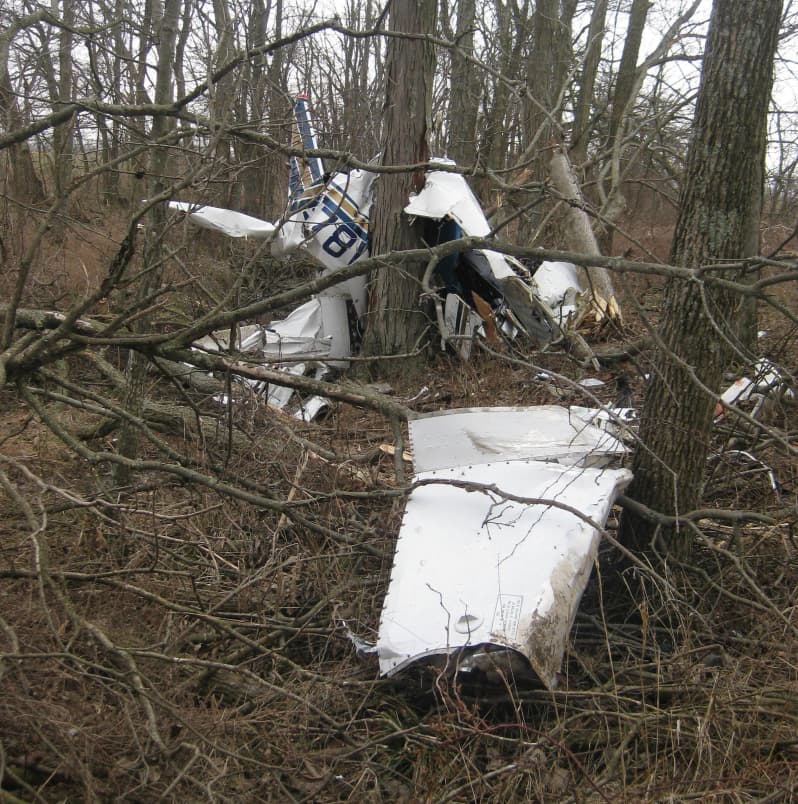
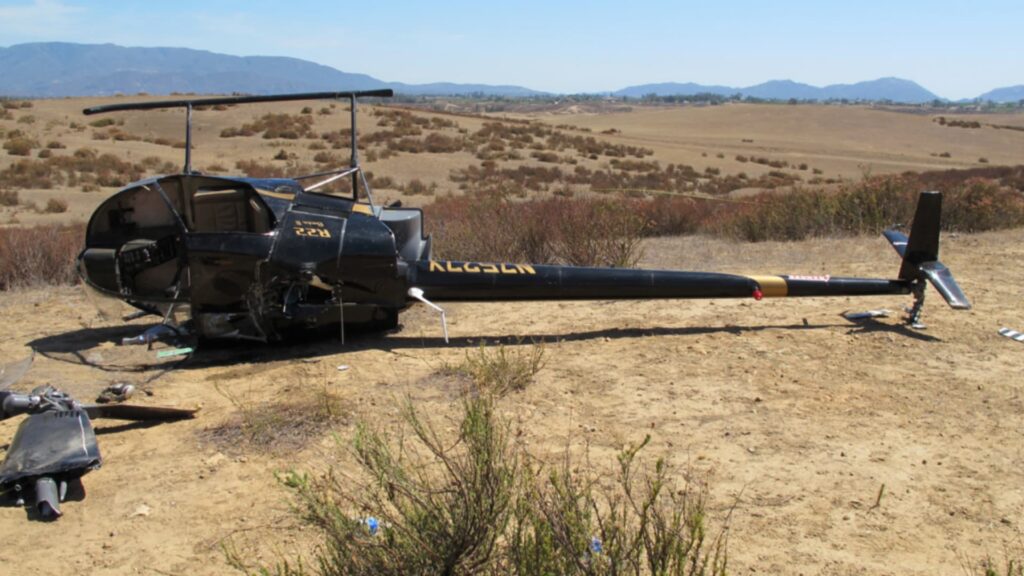
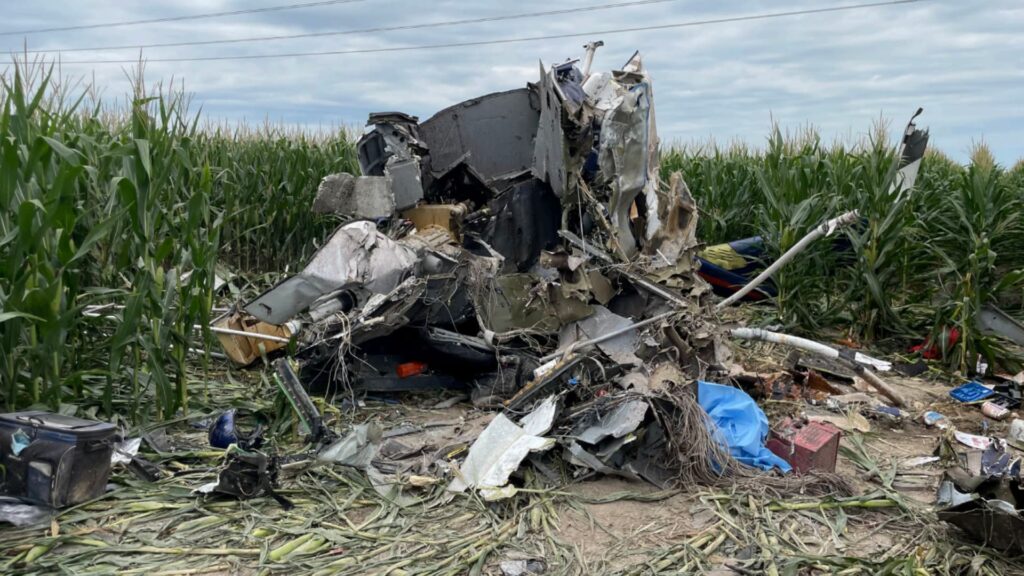

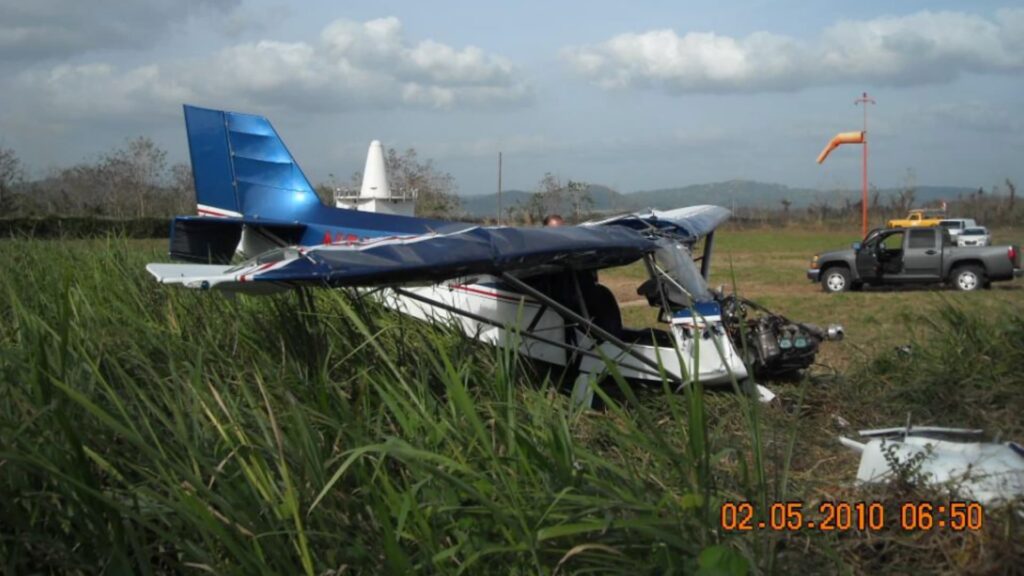
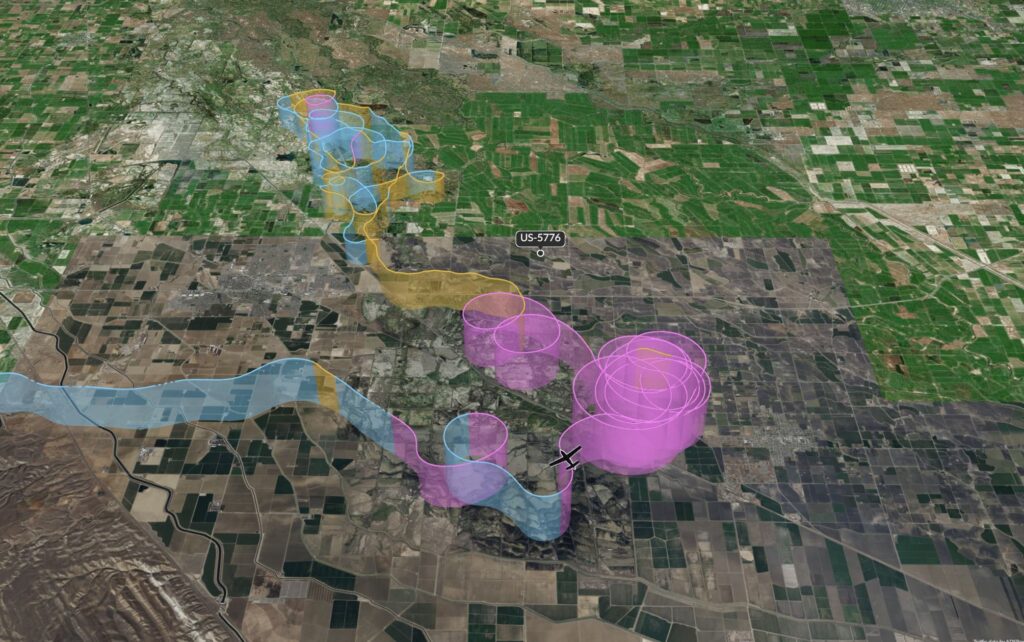
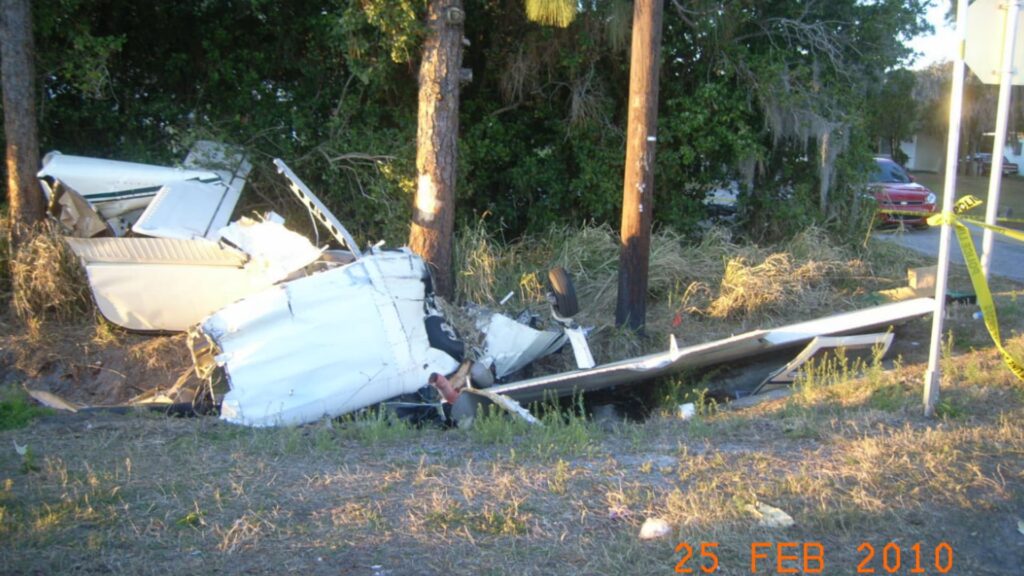
4 Comments
He’s been flying since 1972 and only has 120 hours of flight time? That’s just crazy.
It is often said that there are those who love building airplanes, and then a different set of pilots who love flying them.
Yes, but 120 hours over 52 years? That’s like 2-3 hours per year.
My thoughts exactly. Even a weekend pilot would accrue about 50 hours/year. My flying life, amateur SEL/SES, 1000 hours CFI/CFIAI, 200 hrs actual IFR, 800 simulated IFR totaled 2000 hrs over 25 years. I still felt that I was flying just enough to stay proficient. Currency was not enough, but allowed me to distribute my time over the different requirements for my certifications (night, instrument, passenger carry, and other time requirements).